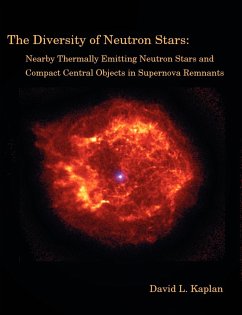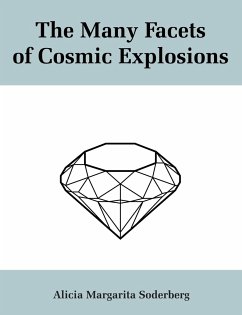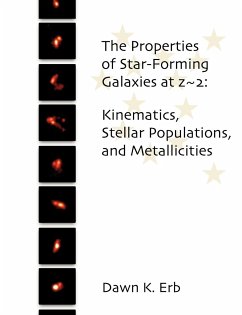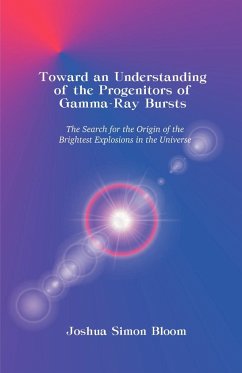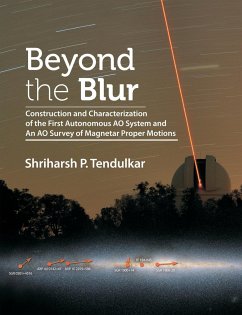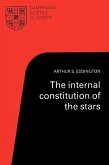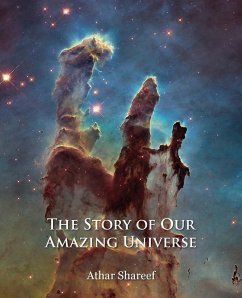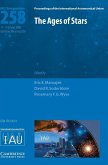Neutron stars are invaluable tools for exploring stellar death, the physics of ultra-dense matter, and the effects of extremely strong magnetic fields. The observed population of neutron stars is dominated by the >1000 radio pulsars, but there are distinct sub-populations that, while fewer in number, can have significant impact on our understanding of the issues mentioned above. These populations are the nearby, isolated neutron stars discovered by ROSAT, and the central compact objects in supernova remnants. The studies of both of these populations have been greatly accelerated in recent years through observations with the Chandra X-ray Observatory and the XMM-Newton telescope. First, we discuss radio, optical, and X-ray observations of the nearby neutron stars aimed at determining their relation to the Galactic neutron star population and at unraveling their complex physical processes by determining the basic astronomical parameters that define the population---distances, ages, and magnetic fields---the uncertainties in which limit any attempt to derive basic physical parameters for these objects. We conclude that these sources are 1e6 year-old cooling neutron stars with magnetic fields above 1e13 Gauss. Second, we describe the hollow supernova remnant problem: why many of the supernova remnants in the Galaxy have no indication of central neutron stars. We have undertaken an X-ray census of neutron stars in a volume-limited sample of Galactic supernova remnants, and from it conclude that either many supernovae do not produce neutron stars contrary to expectation, or that neutron stars can have a wide range in cooling behavior that makes many sources disappear from the X-ray sky.
Hinweis: Dieser Artikel kann nur an eine deutsche Lieferadresse ausgeliefert werden.
Hinweis: Dieser Artikel kann nur an eine deutsche Lieferadresse ausgeliefert werden.

